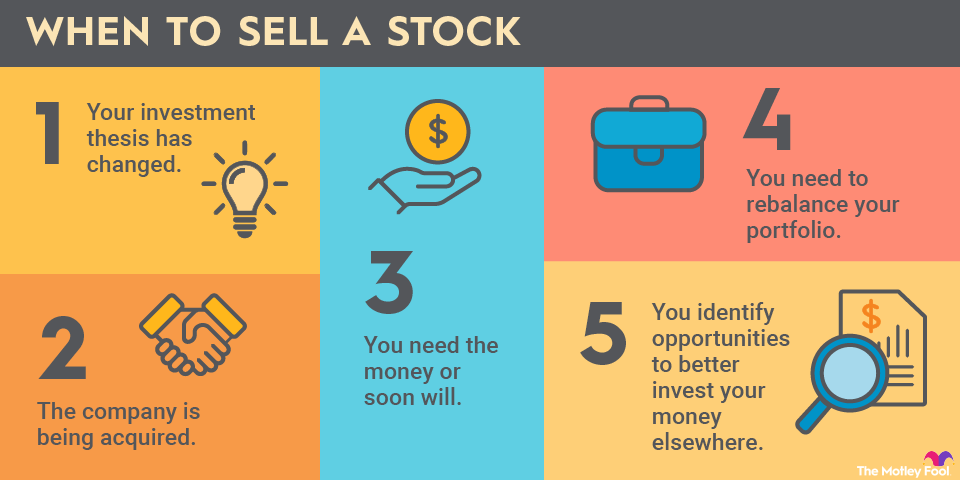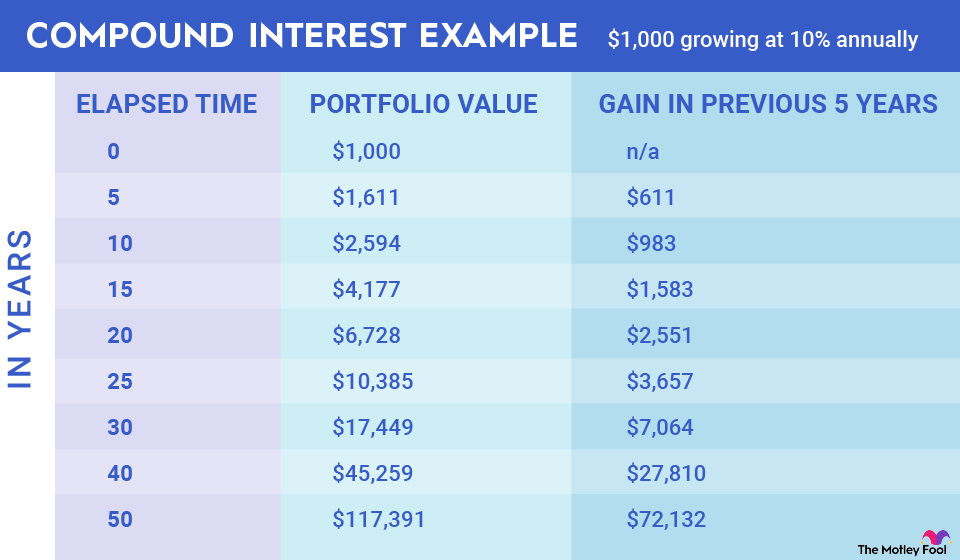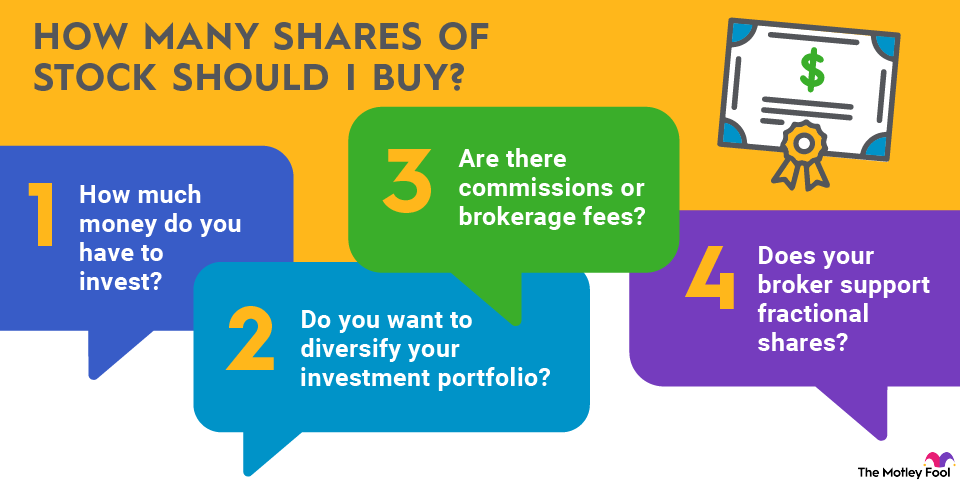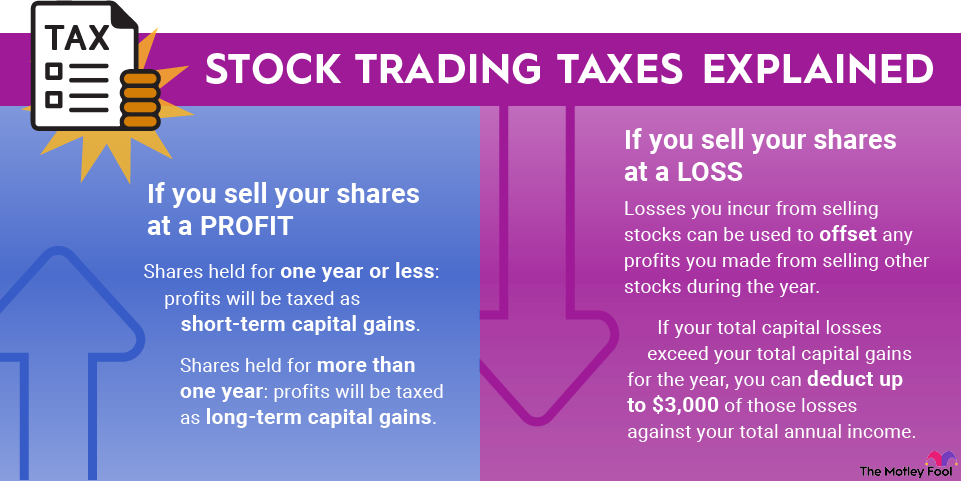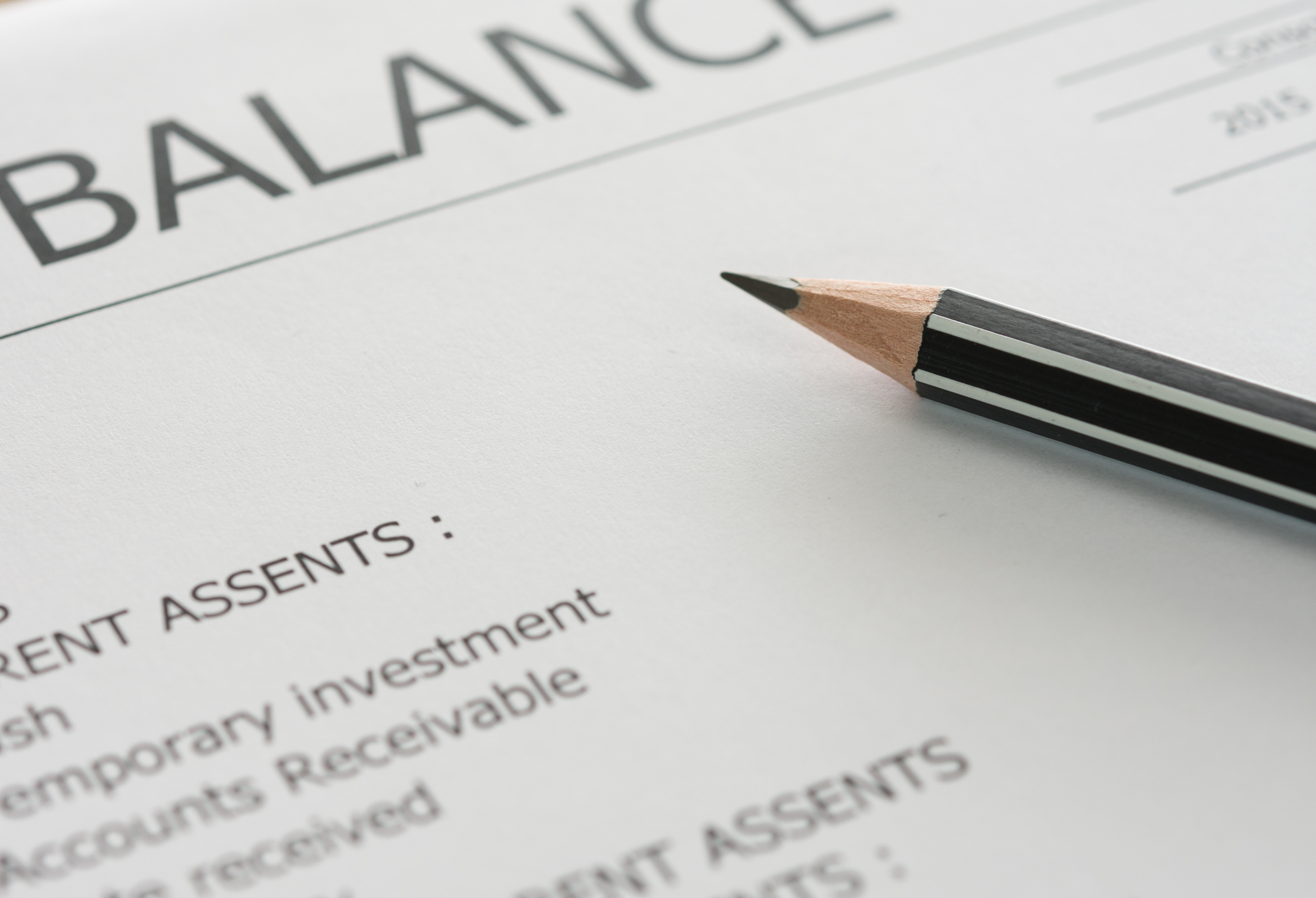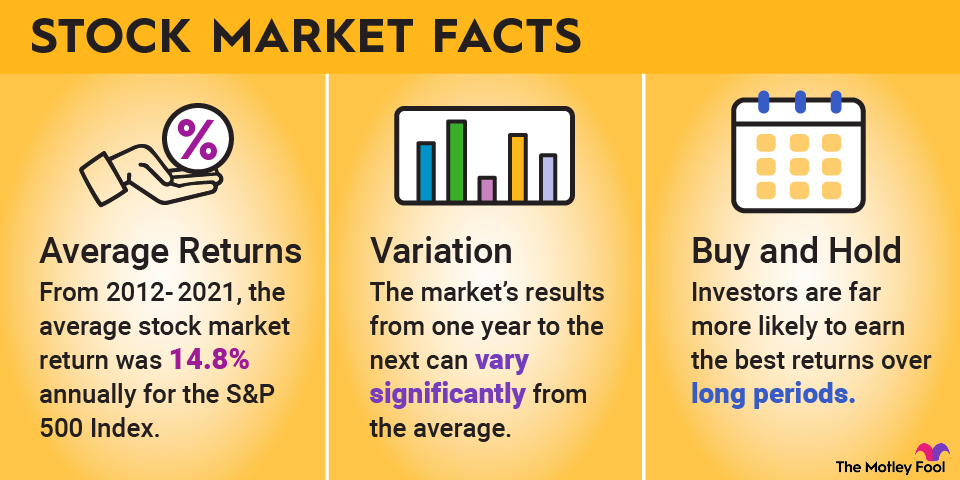So, you've decided to invest in the stock market. You even have some ideas about which stocks you want to buy. But how do you actually buy shares of your favorite companies?
Stock
In this article, we'll discuss the basics of how to buy your first stocks in an easy-to-understand way. Follow these simple steps, and you'll be ready to start building a stock portfolio of your own.
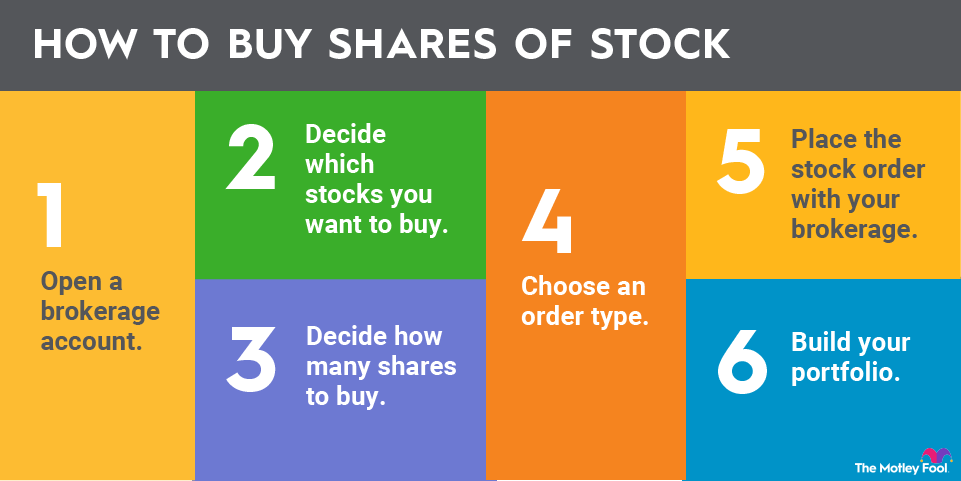
How do you actually buy shares of stock?
Fortunately, the process of buying stock online is relatively quick and easy.
- First, you'll need to open a brokerage account.
- Next, you must decide which stocks you'd like to buy.
- Determine how many shares of each you want to buy.
- Decide which type of stock order is best. Typically, this means either a market order or a limit order.
- Enter your order, hit the buy button, and become a shareholder.
- Build your portfolio over time by repeating the process.
Here's a more detailed, step-by-step guide to start your stock investing journey.
1. Open a brokerage account
First, you'll need an investing account, known as a brokerage account, to buy stock.
Think of a brokerage account as a bank account designed to hold investments. It's important to consider two main factors when selecting an online stock brokerage:
What does the brokerage offer?
Some brokerages provide excellent educational resources for new investors. Others provide access to stock research and analytical tools. Some brokerages even maintain branches where you can receive in-person guidance.
Perhaps other features, such as the ability to trade international stocks or buy fractional shares, are important to you. Of course, many investors simply want an easy-to-use app for buying and selling stocks, and some platforms certainly offer that.
Is the brokerage platform user-friendly?
Is the brokerage platform easy to navigate? If you want to trade using your mobile device, the brokerage's mobile trading app must be easy to use.
Most brokerages allow you to use play money to experience their trading platforms before you invest your own money. It can be worth trying a few to decide which platform you like most.
One very important thing to know is that brokers typically publish a fee schedule that breaks down all the potential costs of being their customer. It should be fairly easy to find by searching for "[broker name] fee schedule."
Once you've chosen a brokerage, you must complete a new investment account application. This process is typically quick, but you'll need to have certain information handy, such as a driver's license and Social Security number.
Social Security Number (SSN)
Order Type | What It Is | When to Use It |
|---|---|---|
Market order | Instructs the broker to immediately buy the stock at the best available price | For most buy-and-hold investments, especially stocks with high trading volumes |
Limit order | Instructs the broker to execute the order only if a stock is trading at or below a certain price | If you want to wait for a pullback to buy a stock, or the stock is thinly traded |
Stop-loss order | Instructs the broker to execute the order if a stock reaches a certain price | If you have a specific exit point in mind for a stock investment, either to the upside or downside |
5. Place the stock order with your brokerage
To place a stock order, go to the appropriate section of your online broker's platform and enter the required information. You will enter the company name or stock ticker, and whether you want to buy or sell shares (the exact process varies slightly). You'll also enter either the dollar amount you want to spend or the number of shares you want to buy.
After you tap the button to place your order, your stock purchase should be executed in seconds (if you've made a market order).
6. Build your portfolio
The final step in this process is to build out your investment portfolio. The best way to build wealth is by adding money to your brokerage account and investing in stocks you'd like to own.
As a final thought, it can be tempting to monitor your stocks' performance every day, especially at first. But it's important not to get too caught up in the short-term market noise and to maintain a long-term mindset.
Why buy stocks?
There are some good reasons to buy stocks, but the No. 1 reason is to build wealth over long periods of time. Stocks can be rather volatile over the short term, but have historically been the best-performing major asset class over periods of decades.
Stocks can also be valuable tools for retirees or anyone looking to generate a stream of passive income. Many stocks pay dividends, which are distributions of a company's profits made to shareholders. There are some with incredibly consistent track records of not only paying dividends but also increasing them over time.
Key risks of investing in stocks
Let's be perfectly clear. Regardless of how safe a stock may seem or how well its business is doing, when you invest in stocks, there is a chance you will lose money. Period. There are more things that could cause any or all of your stocks to go down than I can reasonably list here, but just to name a few:
- Economic weakness or recession.
- Competitors taking market share.
- Rising or falling interest rates (depending on the nature of the business).
- Political headwinds, such as legislation that negatively affects an industry.
- Inflation.
- Geopolitical tensions, including wars and trade tensions.
- Negative company news, which can take many forms (e.g., key executives leaving, lawsuits, or weaker-than-expected earnings guidance).
Common types of stocks to invest in
Here are some of the common categories of stocks:
- Growth stocks: Companies that are growing sales (or are expected to) faster than their peers or the overall stock market average.
- Value stocks: Companies whose stocks are trading for a discount to the intrinsic value of the business.
- Dividend stocks: Stocks that distribute some of the company's profits to investors in the form of dividends.
- Blue chip stocks: Stocks of long-established businesses with consistent profitability and financial strength.
- Large-cap stocks: A term used to refer to the largest companies in the stock market. The traditional definition is those with a $10 billion market capitalization or higher.
- Mid-cap stocks: Traditionally defined as a company with a market cap ranging from $2 billion to $10 billion.
- Small-cap stocks: Stocks of smaller companies, usually defined as less than $2 billion in market cap.
This is not an exhaustive list of stock categories. And it's worth noting that stocks can (and usually do) fit into more than one of these categories. For example, you can have a large-cap stock that's also a dividend stock.
Tax implications of buying stocks
Before you get started with buying stocks, it's important to understand the potential tax implications. If you invest through a retirement account (like an IRA), there aren't any ongoing tax implications, although you may have to pay taxes on eventual withdrawals. With a standard brokerage account, however, there are two main types of tax implications to keep in mind:
- Dividend taxes: The dividends paid by stocks you own are a form of taxable income. Most dividends get preferential tax treatment (qualified dividends), but could still add a significant sum to your tax bill.
- Capital gains: If you sell stocks for more than you paid, the profit can be taxable. This is known as a capital gain, and the tax rate depends on your income level and how long you owned the stock.
Related investing topics
Is now a good time to buy stocks?
There's no perfect answer to this question, especially from a short-term perspective. There is absolutely no way to know what any individual stock or the overall stock market could do over any period of days, weeks, or even months.
Having said that, it is almost always a good time to buy stocks if you're planning on holding for the long term. Think of some of the worst possible times to invest in the stock market in recent decades -- just before the dot-com crash in 2000, just before the 2008 financial crisis, and right before the COVID-19 pandemic virtually shut down the world in 2020.
Investors who bought stocks before these events and held on to them throughout the turbulent times did just fine in the long run.
The bottom line is that while nobody can tell you what the stock market will do in the near future, it's almost a certainty that a well-constructed portfolio of stocks or stock-based investment funds will be worth considerably more in 10, 20, 30, or more years from now.



